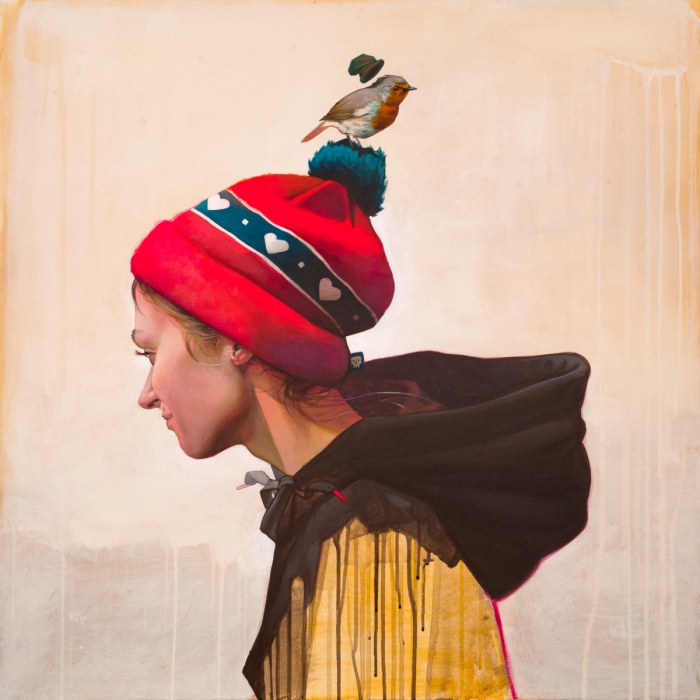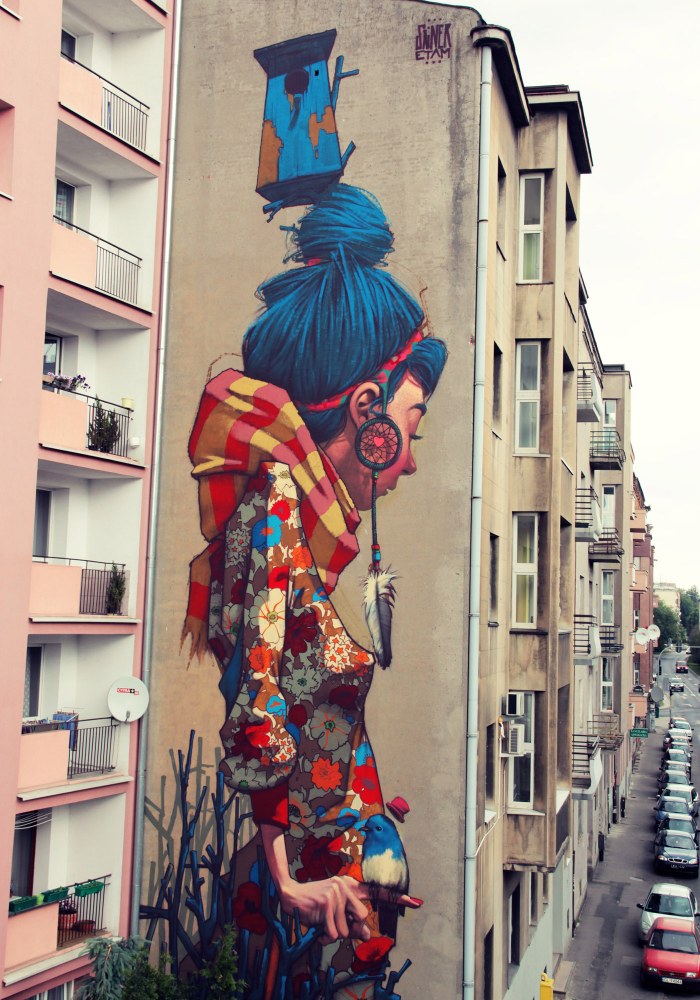Research point 1
Find out about the world of illustration by asking 'who's out there and what are they doing?

 http://www.etamcru.com/
https://www.youtube.com/watch?v=rHCb-F270cI
http://www.etamcru.com/
https://www.youtube.com/watch?v=rHCb-F270cI
Research point 2
Reflect on your illustrations, drawings and sketchbook work.
After reading my course notes for chapter 1 from
Illustration year 2, I started to think about my work that I have created in
the past and compared it to work I have completed recently. I
have begun to wonder what was important to me when I was at the beginning of my art
education in Poland
a good few years ago...... and what is important to me now.
I have to say the work I enjoyed the most was when I could be free
and not worry about the mess either on the paper or on the canvas. The work
where I did not care about the lines and perspective, where I could express my mood and my inspiration.
The lines should tell so much about me as an illustrator and
creator of visual work, therefore sometimes they may be very chaotic and other
times may be more in order.
When I was in high school, finding
personal voice in the art was not easy.
Sometimes my tutor was telling me that I think too much before I make a
pencil mark on the paper. He advised me not to think at all and that making a mistake is also good way to learn new things. My sketches and first stages of paintings were
the best as I did not think too much while I was working on them. The best part
of my work was the first rough stage, before I started to over-think and over-work. This constructive criticism seems to have followed me, as each of my OCA tutors so far have made similar comments. I will therefore try this year to work on this.
old paintings and sketches
First stage of the painting oil on board
Painting in progress
Painting in progress part 2
Lady and the peacock oil on canvas unfinished
Kids playing during the May Day oil on canvas - finished
Painting of my friend K. in progress -oil on canvas
Finished painting
Painting of my husband first stage - oil on canvas
finished painting
Painting of my sister first stage - oil on canvas
This painting has never been finish as I could not work out the final result I wanted to achieve.
A rough sketch of my sleeping dog - pencil on paper
A rough sketch of my sleeping dog- pencil on paper
A rough sketch of my nana - pencil on paper
A rough sketch of my sister washing her hair - pencil on paper
A schetch of my right hand- pencil on paper
last illustrations - mixed media
What do your choices say about your developing voice as an illustrator?
I have been looking at some of my art projects I have done in the past using
oil paints and pencil. This is not the most recent work and the style which I use to create my illustrations, it is just a reflection
about the project in which my work develops.
At the beginning of
my course I decided to reflect on my strong and weak sides when I create an
illustration. I want to develop my voice, which has still not totally formed, this is the voice that could
change at any stage of work. My question is: At what stage should I stop working on a particular illustration? Do I have to work hours and hours on one illustration to make it
good or should I stop when it is fresh and vibrant?
The choice I have made shows I like to illustrate people, animals and
capture their movements at the moment of looking at them. However I don't think my voice is strong
enough at the moment to describe myself as a mature illustrator. Maybe I'm
wrong... I still want to find my style
and then I could take it to a different level where I will be
more comfortable with expressing my thoughts. It's still a part of the learning curve.
How do you see yourself developing in the future?
This is
difficult
question to answer for me at the moment. I am a mother of a wonderful boy that
keeps me busy nearly all day; therefore it is not easy
to find more time for me to interact with other
artists face to face. However
as I
am planning to be a children books illustrator having a little one gives me an
opportunity to watch and learn while he is exploring every part of life. I am
able to record some daily observation on paper while my
little boy is practising some amazing new skills. This is my aim for the next
few months to be very active as an illustrator to do as many sketches of my
little one as I can.
I do believe in this way I can develop well as an illustrator.
What sort of projects are you interested in exploring and what skills do you need to develop?
As I said before I would love to be an
illustrator for children books in the future. My
current plan is to create a book for my little one so he could enjoy reading
with me the story about himself. To do this I need to be able to observe his
attitude and reactions to daily activities. I should make as many drawings of
him as I can. This is an amazing opportunity for me to create a character for
the book that is consistent in style and the look. It will be my first personal
project and I am excited to take to another level as I will do it with passion
and commitment. The skill I would like to develop with this project is to be consistent.
I would also like to try as many ideas as I can and not to stop on the first
one will come to my mind.
Research point 3
Visual language
Reflect on your choices. Are there common threads emerging? Are you drawn to particular visual cultures, contexts or styles?
What do you think this says about who you are as a developing illustrator?











.jpg)






























.jpg)
.jpg)